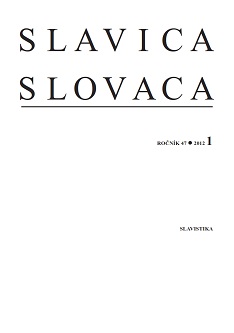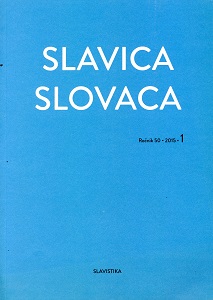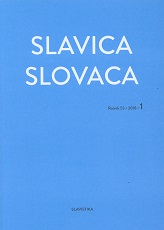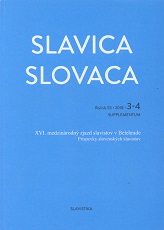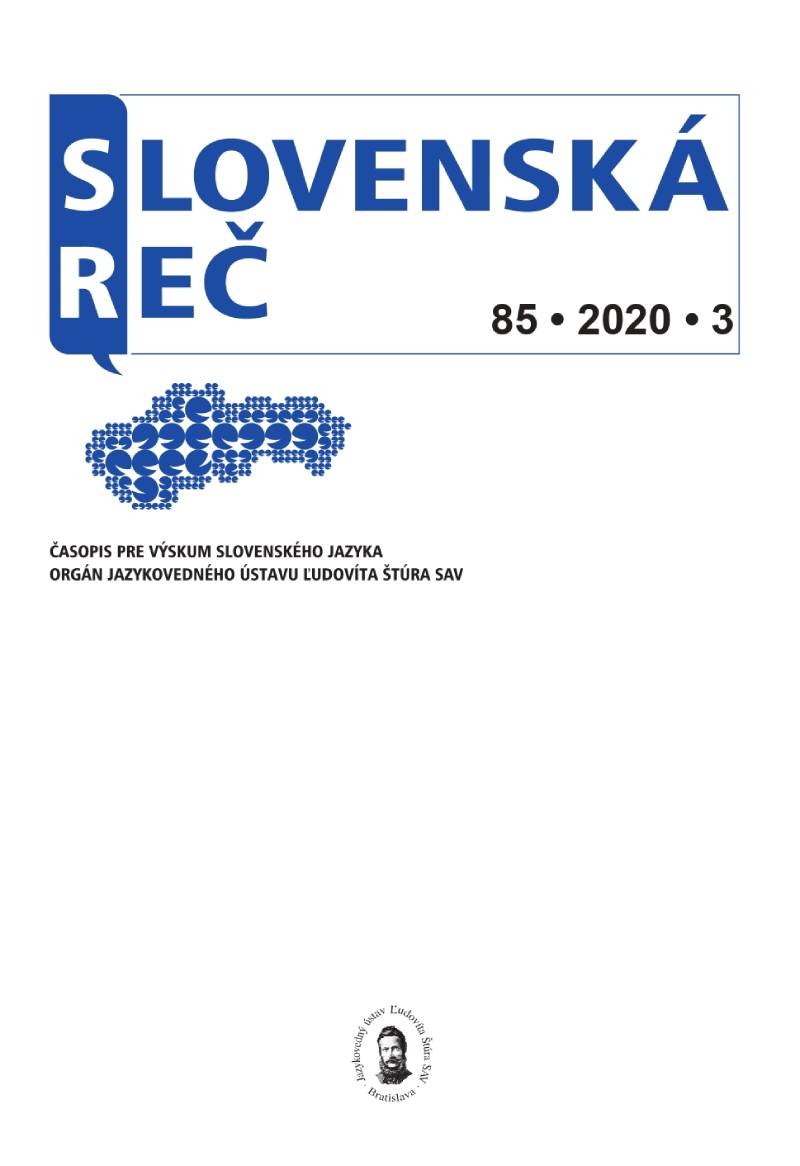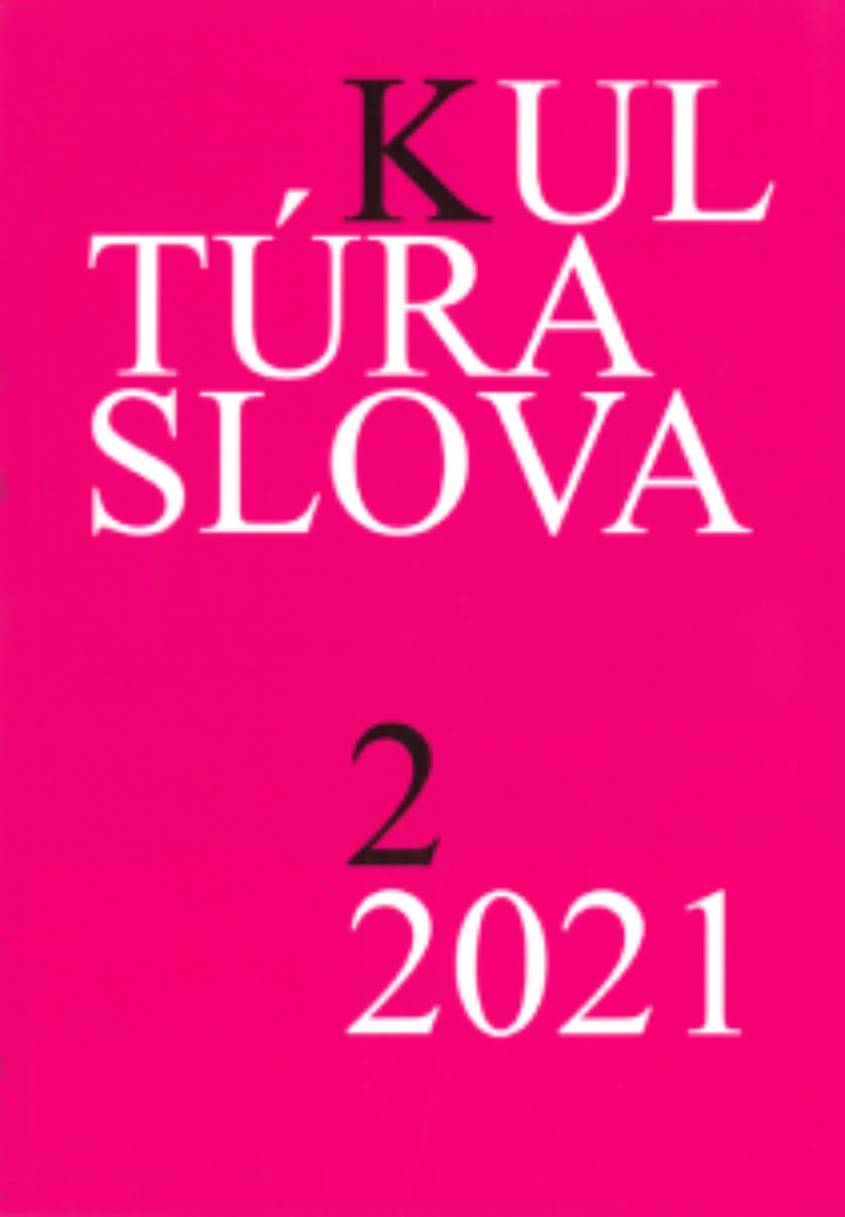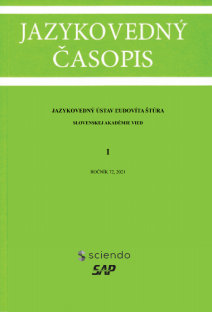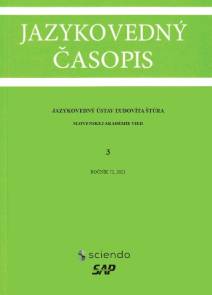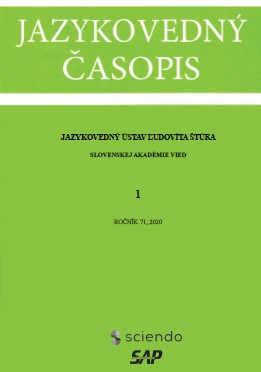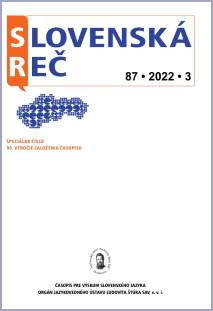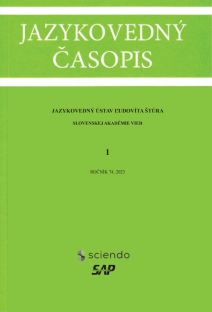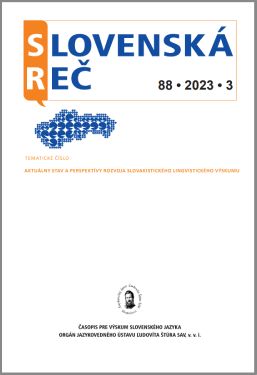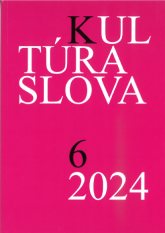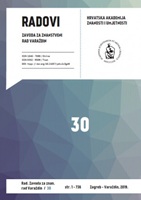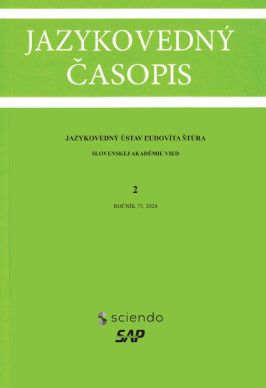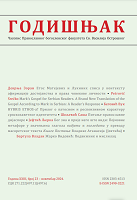Author(s): Ľubomíra Wilšinská,Alica Ternová,Mária Strýčková,Jozef Bilský,Svetlana Vašíčková,Tomáš Mrňávek / Language(s): Slovak
Issue: 01/2018
ŽEŇUCH, P. – ZUBKO, P. et alii: Liturgické jazyky v duchovnej kultúre Slovanov. Monotematický súbor štúdií. Bratislava: Slavistický ústav Jána Stanislava SAV a Slovenský komitét slavistov, 2017. 368 s.
GÁBOR, Ľ: Ľudová próza západných Slovanov v komparatistickej perspektíve. Sondy do literárnej predhistórie. Banská Bystrica: Belianum, vydavateľstvo Univerzity Mateja Bela, 2017. 154 s.
Nová učebnica staroslovienčiny a rusínskej diachrónnej jazykovedy
MRŇÁVEK, Т.: Vývoj a struktura liturgie sv. Jana Zlatoústého. Praha: Nakladatelství Pavel Mervart, 2017. 232 s.
SEVŠEK ŠRAMEL, Š. – PALLAY, J. (eds.): Sedemdeset let slovakistike v Ljubljani: posvečeno Andreju Rozmanu. Ljubljana: Znanstvena založba Filozofske fakultete, 2017. (Knjižna zbirka Slavica Slovenica; št. 2). 278 s.
KILIÁNOVÁ, G. – ZAJONC, J. (eds.): 70 rokov Ústavu etnológie Slovenskej akadémie vied: kontinuity a diskontinuity bádania a jednej inštitúcie. Bratislava: VEDA, 2016. 288 s.
KILIÁNOVÁ, G. – POTANČOK, V. (eds.): PhDr. BOŽENA FILOVÁ, CSc., členka korešpondentka SAV: osobnosť, dielo a personálna bibliografia. Bratislava: Ústav etnológie SAV, 2017. 87 s.
More...
